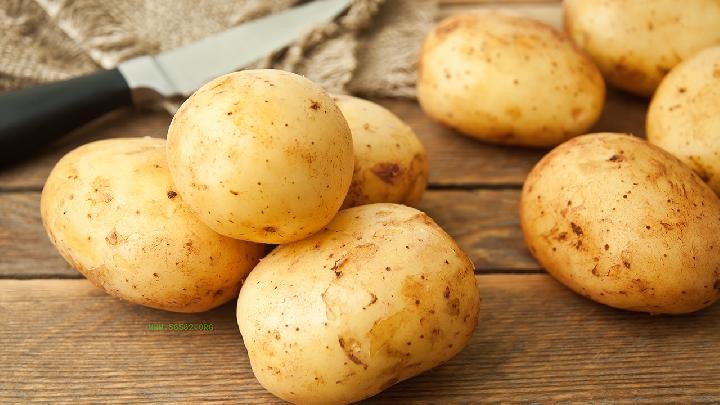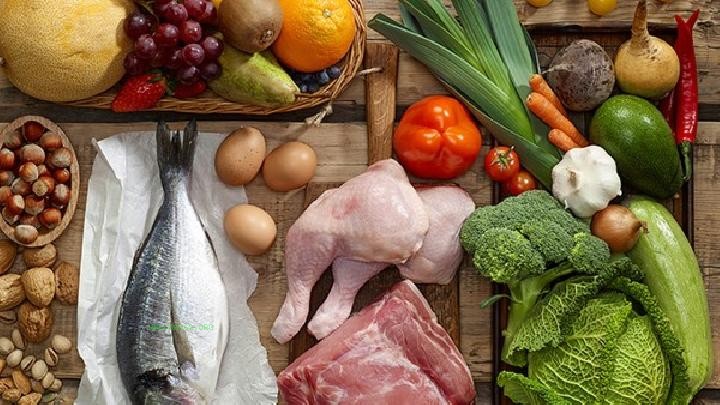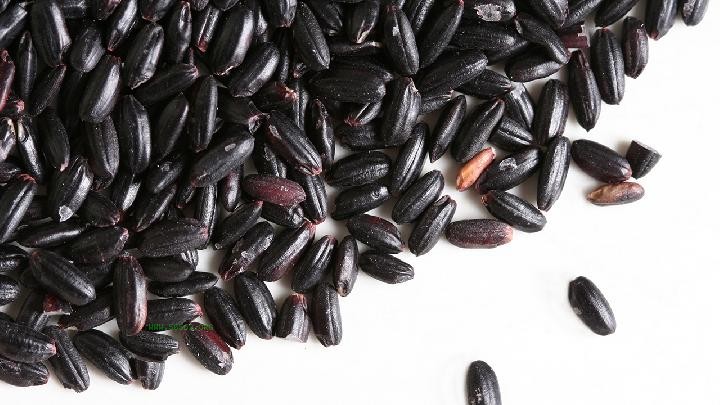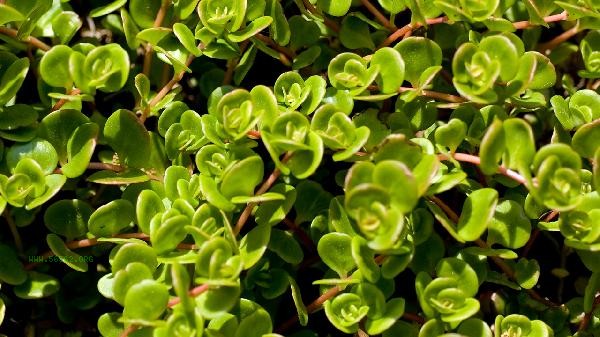Eating to nourish the stomach is the most reliable method among many. Irregular eating habits and inappropriate food preferences can affect gastrointestinal health, so nourishing the stomach should start with daily diet. Today, let's take a look at the most common foods that can help us nourish our stomachs.
Common food for stomach nourishing
Congee. When it comes to nourishing the stomach, Congee is absolutely the best choice. It is very easy to digest. As early as in ancient times, people have paid attention to the effect of Congee on health care. Li Shizhen once recorded more than 50 kinds of Congee in the Compendium of Materia Medica. He thought: "Every day, you can eat a large bowl of Congee. If you have empty stomach, you can make grain qi, which is not fine, but also extremely soft. It is like the stomach and intestines. It is the best diet. [SEP]" It means that you can get up early every day with empty stomach and stomach. You can drink a large bowl of hot Congee to nourish the stomach and intestines without increasing the burden of the digestive system. Milk. Sweet in taste and flat in nature, it belongs to the lung and stomach meridians. Nourish the lungs and stomach, produce saliva, and moisturize the large intestine. Suitable for yin deficiency, stomach pain, and constipation caused by fluid deficiency; In modern times, it is used to treat peptic ulcer disease and habitual constipation. People with diarrhea, spleen deficiency syndrome, and dampness syndrome should avoid eating.
Milk. Sweet in taste and flat in nature, it belongs to the lung and stomach meridians. Nourish the lungs and stomach, produce saliva, and moisturize the large intestine. Suitable for yin deficiency, stomach pain, and constipation caused by fluid deficiency; In modern times, it is used to treat peptic ulcer disease and habitual constipation. People with diarrhea, spleen deficiency syndrome, and dampness syndrome should avoid eating.
Cabbage. It has the effects of strengthening the spleen and stomach, relieving pain, detoxifying and reducing swelling, clearing heat and promoting diuresis. It can be used for chest tightness, thirst, sore throat, urinary obstruction, hearing loss, poor sleep, joint dysfunction, and abdominal pain caused by internal heat. Its components such as vitamin C have analgesic and ulcer healing effects. Cabbage cooked with Job's tears, tangerine peel, and honey can be used to treat bloating and pain in the epigastric region, bloating in the upper abdomen, and ulcers in the stomach and duodenum. When cooked with adzuki beans, winter melon, and rock sugar, it can reduce swelling and promote diuresis. People with loose stools and weak spleen and stomach should not eat too much.
Pumpkin. According to the Compendium of Materia Medica, pumpkin is warm in nature, sweet in taste, and enters the spleen and stomach meridians. It can nourish the middle and qi, reduce inflammation, kill bacteria, and relieve pain. The rich pectin it contains can "adsorb" bacteria and toxic substances, including heavy metals, lead, etc., playing a detoxifying role. Meanwhile, pectin can protect the stomach from irritation and reduce ulcers.
Soup. The first thing to nourish the stomach is not Congee, but soup, which cannot be broth. Meat soup also contains a lot of acid, while vegetable soup is better. Any spinach, vermicelli, or egg can be served. Add some chicken essence for seasoning.
Spinach. Sweet in taste and cool in nature, it can moisturize and nourish the liver, benefit the gastrointestinal tract, and relieve constipation. According to the "Dietary Therapy Materia Medica," spinach is known for its benefits to the five organs, digestive system, and detoxification. Spinach can promote secretion in the stomach and pancreas, increase appetite, and aid digestion; Rich fiber can also help with intestinal peristalsis and facilitate bowel movements. However, spinach has a high content of oxalic acid, which hinders calcium absorption. It should be avoided from being eaten with high calcium foods such as tofu and seaweed, or lightly blanched before cooking to remove oxalic acid. At the same time, what should we pay attention to when eating a stomach nourishing diet?
Details of stomach nourishing diet
Changing dietary habits. Eat on time, sit and eat without standing or squatting. Avoid eating spicy, fried, and smoked foods such as barbecue, avoid eating foods that are too acidic or too cold, and avoid drinking alcohol and strong tea, coffee, etc. Eat more vegetarian and coarse fiber foods such as celery, mushrooms, etc.
Avoid eating unclean food. Helicobacter pylori infection is one of the important causes of gastric and duodenal ulcers. In ulcer patients, the detection rate of this bacterium is as high as 70-90%, and it disappears after the ulcer disease is cured. Ulcer patients can be infected through close contact with tableware, dental utensils, and kissing. Unclean food is also one of the causes of infection. To ensure gastrointestinal health, start with your daily diet.





Comments (0)
Leave a Comment
No comments yet
Be the first to share your thoughts!